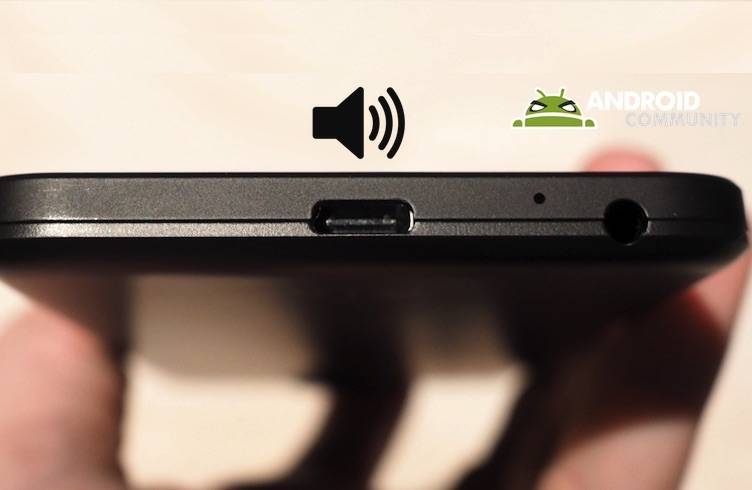
USB Type-C has yet become a standard in electronics and mobile devices but we’re looking forward to that future where connectivity and cable compatibility won’t be a huge problem. From USB to micro USB and now this USB Type-C. It was a recent hot topic. Just a couple of week ago, a USB Type-C Authentication Protocol was set. You see, there’s been a lot of issues concerning this type of connectivity because according to one Google engineer, most of those sold in the market are not up-to-spec.
Clearly, there’s a need to standardize and organize the technology. One reason that Samsung didn’t use it on the latest Galaxy S7 and S7 edge is because there aren’t too many compatible devices and accessories yet. So far, we’ve seen only a few gadgets that have taken advantage of it including the OnePlus 2 and the Chromebook Pixel.
Less than two weeks have passed since the USB 3.0 Promoter Group released the official USB Type-C Authentication specification. It’s a system that hopefully will establish more professionalism among the OEMs and accessory makers. Following this idea, Intel also wants to make sure that USB-C becomes more universal than ever. The company talked about the Type-C for audio at the IDF Shenzhen. Intel is proposing to use USB Type-C instead of the 3.5mm mini-jack. The company suggests replacing the old format with the new USB Type-C to simplify connections of audio equipment to other gadgets.
This is a welcome surprise since no one except for Intel has thought about making this change. It’s going to be revolutionary if ever since 3.5mm jack has become very common the past decades already. No one dared challenged its ubiquity yet, or at least with success, as noted by Anandtech.
The USB-C is ideal to replace 3.5mm jack because of the sideband use pins which can also be used for analog audio. It’s also great for data transfers. The form is simple and is able to deliver endless possibilities of adding more features.
Intel is still finalizing the USB Type-C Digital Audio technology. It’s almost ready so expect to hear more about this new thing before Q2 ends. Let’s just wait and see.
VIA: ANANDTECH










The 3.5 mm plug died the day they added volume and track controls to it. Protocols were patented, pinouts changed and universality died. Considering its roots go back to the earliest telephone exchanges, tip and ring design, it had a good run.